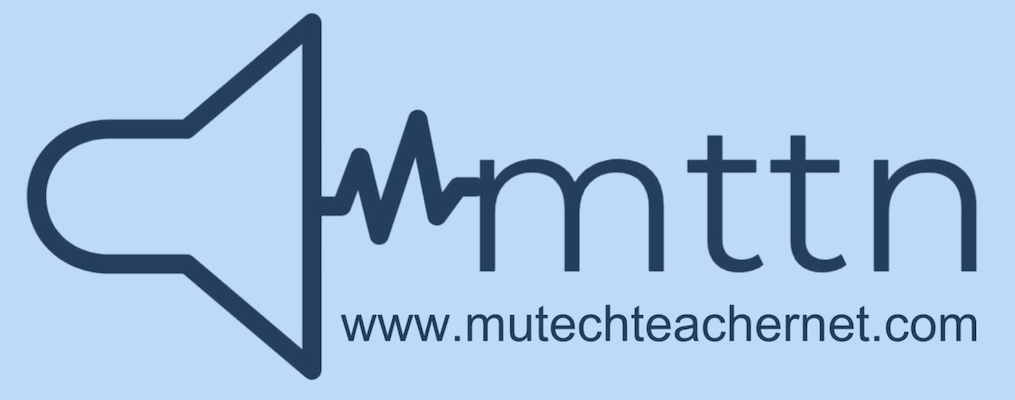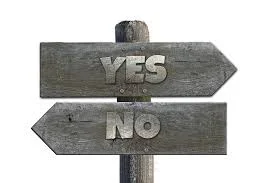MU:Cr2.1.T.la: Select melodic, rhythmic, and harmonic ideas to develop into a larger work using digital tools and resources.
Music Loops 1
This lesson is designed to introduce the concept of loops, tracks and instrumentation and how these can be used to create a 4 measure phrase for a typical rock/pop band.. The students will also learn copy and paste techniques available in the DAW to copy their 4 measure phrase and copy it into measures 5-8 to create a repeated phrase. The teacher creates a template with 4 tracks that are labeled Drums, Electric Guitar, Bass and Keyboard/Synth. The students will browse available loops in the DAW and choose a loop for each four measure phrase in each track. Students will then learn copy and paste techniques to copy their first 4 measure phrase and paste it to create a repeated 4 measure phrase.
AABA Song Form
This lesson introduces the student to form and structure in music. The teacher introduces the lesson by playing some familiar songs that use the AABA structure and the importance of form as a primary element of music. Students will also become familiar with the basic functions of the DAW as they drag and drop loops into tracks and use the copy and paste functions to create their own AABA songs using loops. The teacher will provide a template that has 4 tracks for Guitar, Bass, Keyboard and Drums. The students will create their A section by exploring and choosing a Guitar, Bass, Drums and Keyboard loop to combine for their A section. They then use the copy and paste functions to fill the second and third A sections. To complete the project, they will choose contrasting loops to fill in the B section. Students will share their songs with each other and the teacher for assessment.
Creating a Melody That Fits the Harmony
In this lesson students will improvise melodies to generate ideas before creating and recording a melody that fits with the chords that they created in the Intro to Harmony lesson. Review the Intro to Harmony lesson and the four chords that they created (I-V-vi-IV). Have the students play the root notes on their MIDI keyboards. In the key of C these notes would be C-G-A-F. The students will begin by playing the root note on beat 1 of each measure, but then they may play any other note after beat 1 as long as they land on the root note of the the next chord at the beginning of each measure. They may continue to add any other notes in between the root notes on beat 1 of each measure. When they have come up with a melodic idea that they like, they will record the melodies to go with their chord progression.
Groove Pizza
This lesson allows students to experiment with creating rhythms with Groove Pizza which is a really cool app developed by musedlab.org. This lesson can be taught to a beginning level class to experiment and improvise with rhythm. An intermediate level class could also cover outputs and inputs and use the apps above to create an output from the web browser to use as an input to the DAW to record their rhythms. Groove Pizza creations can also be downloaded as midi or audio files, shared on twitter or facebook or can download directly into Sountrap (super cool!).
Get Lucky Harmonic Accompaniment
This lesson will give students a chance to improvise with a set harmonic progression using AQWERTYON by musedlab.org. This is a really cool web tool that the students will enjoy working with. Begin by having the students navigate to the AQWERTYON tool in their browser. On this page there is a drop down menu labeled “Select a preset” Have the students select Daft Punk “Get Lucky”. Work with the students to get them playing the chords first. Perhaps start with just playing the root notes and then adding the other chord tones. Once the students become comfortable playing the chords they can begin playing along with the “Get Lucky” track. Have the students press the play button on the youtube link and they can begin playing along with the track. After they become comfortable playing the chords along with the track, encourage them to begin improvising with different rhythms that fit with the music or begin to break up the chord tones instead of playing block chords.

